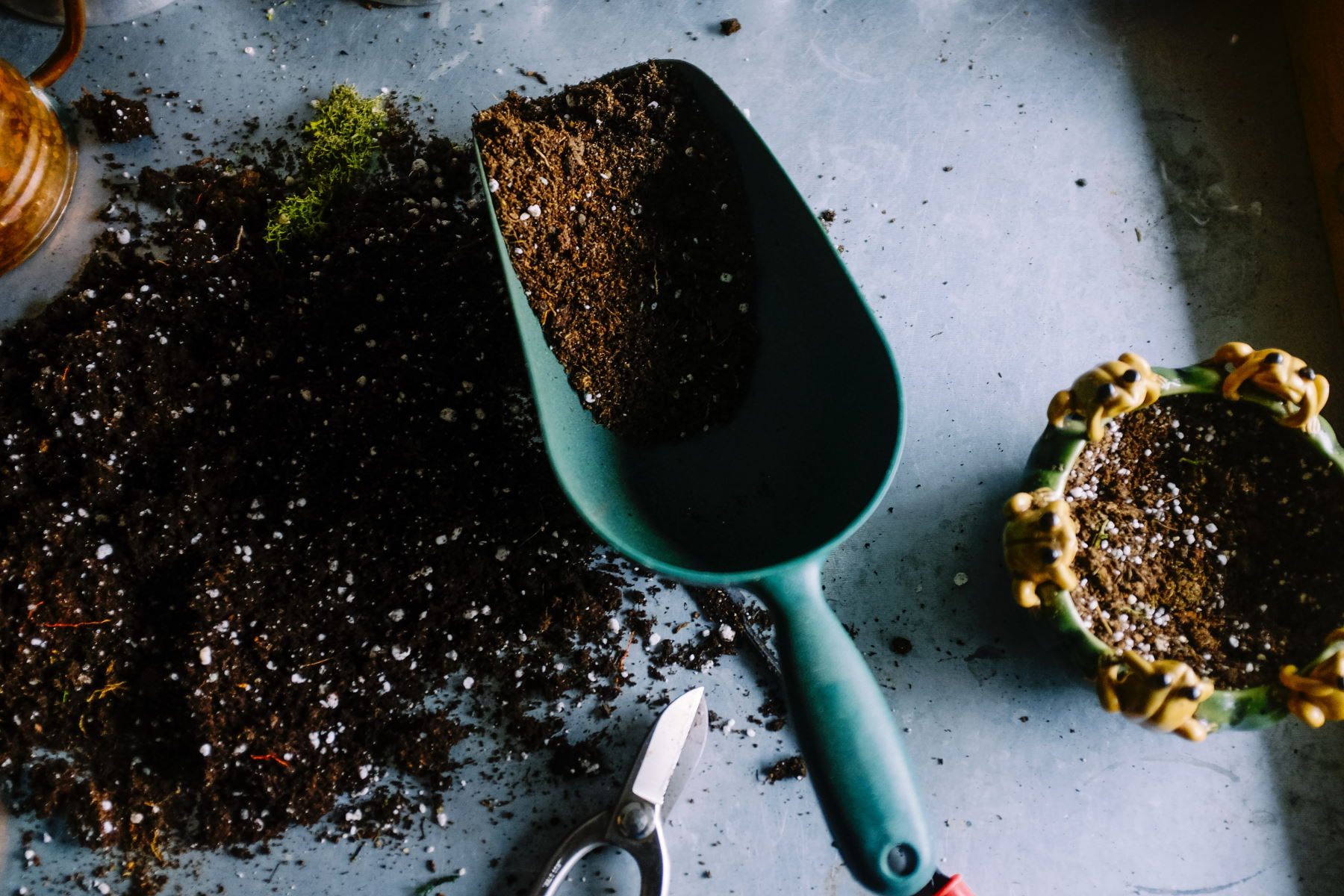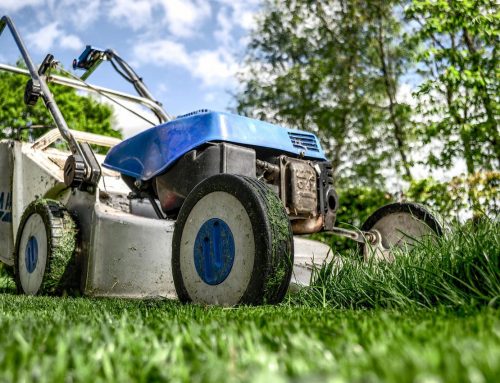August is a great month in the garden. The vegetable patch will be producing runner beans, peas, salad crops, potatoes and courgettes. The fruit bushes should be heavy with gooseberries, currants and raspberries. The flower borders will be full of colour and both annuals and perennials stun us with gorgeous blooms. It is very tempting to take it a bit easier during this month – to sit back and enjoy the fruits of our labours. However, there are still jobs to be done in all parts of the garden.
An impressive flower display will only be kept up if we do a bit of work. Any flowering plants growing in pots need to be regularly watered, especially in the kind of hot, dry weather we had in July. If at all possible water early in the morning or in the evening. That way the pots are less likely to dry out in the heat of the day. Don’t spray water around indiscriminately – direct your watering at the roots of the plants and keep watering until some of the water runs out of the bottom of the pot.
Deadheading of roses and indeed a range of other flowering plants, will ensure a continuous display of flowers. Walk around your flower garden in a quiet moment and snip off dead flower heads. The plants will love you for it and reward you with more flowers and a longer display. Dahlias especially respond well to deadheading. However, it is better to pick flowers for the house before they past their best.
Any tomatoes that are growing in pots outside should be watered in the same way as flowering pants in pots. Greenhouse tomatoes also need regular watering if perfect fruit are required. Irregular watering will lead to fruit splitting or just falling from the plant before they can ripen. Keep up the removal of sideshoots and tying up the plants. A heavy crop of tomatoes will cause plants to bend or break. Your tomatoes and cucumbers growing in your greenhouse should be fed with a proprietary tomato food once week. Once cucumbers begin to form and grow consider giving them a watering with some salty water – a small handful in a watering can is about right – so the cucumbers do not taste bitter.
Fruit trees such as apples or pears that are being grow as ‘step over’ cordons can be pruned in August to help keep them in shape. Take off any new growth just above a spur or group of fruit. Strawberry runners can be pushed into pots of compost to root and make new plants for next year.
Keep sowing successional sowings of salad leaves and salad crops such as beetroot. Basil can be sown in pots and germinated on a warm kitchen windowsill if you want a continuous supply. Lavender plants need to be trimmed back after flowering. Take off the dead flowers just above the green shoots and the bushes will remain compact. It is also possible to sow dwarf French beans and peas in August for late crops.
Deadheading is not the only job that will keep your flower borders looking good. Make sure any weeds are removed when they are small to prevent them competing for food with your flowers. If some hardy annuals – such as foxgloves, Jacob’s Ladder and aquilegia – have self-seeded, dig up the seedlings when they are large enough and replant them in another part of the garden where they can add to next year’s display.
You might also consider increasing the number of some of your plants by taking softwood cuttings. Shrubs like weigelia and woody herbs like lavender are prime candidates for taking cuttings.
August is the time to think about your spring flowering bulb displays. If you have saved daffodil bulbs by drying them, or have bought new, now is the time to plant them up in pots or in the borders. Planting them early means they have longer to establish their roots and build up strength for a stunning spring display.
Above all, enjoy your garden. Take time to admire the result of your work throughout the year. Enjoy your vegetable crops – there’s nothing to beat home grown veg – and give yourself a pat on the back for a job well done.





Leave A Comment